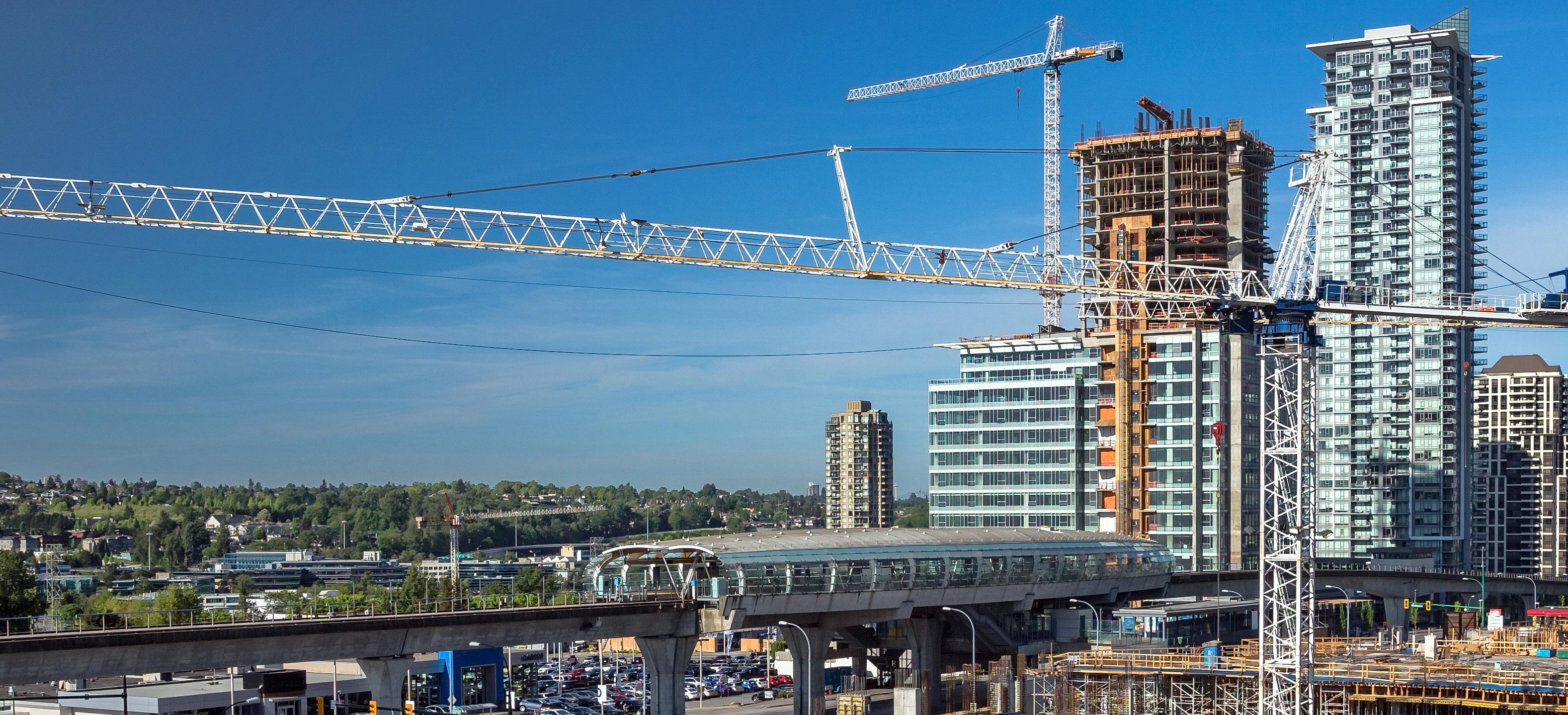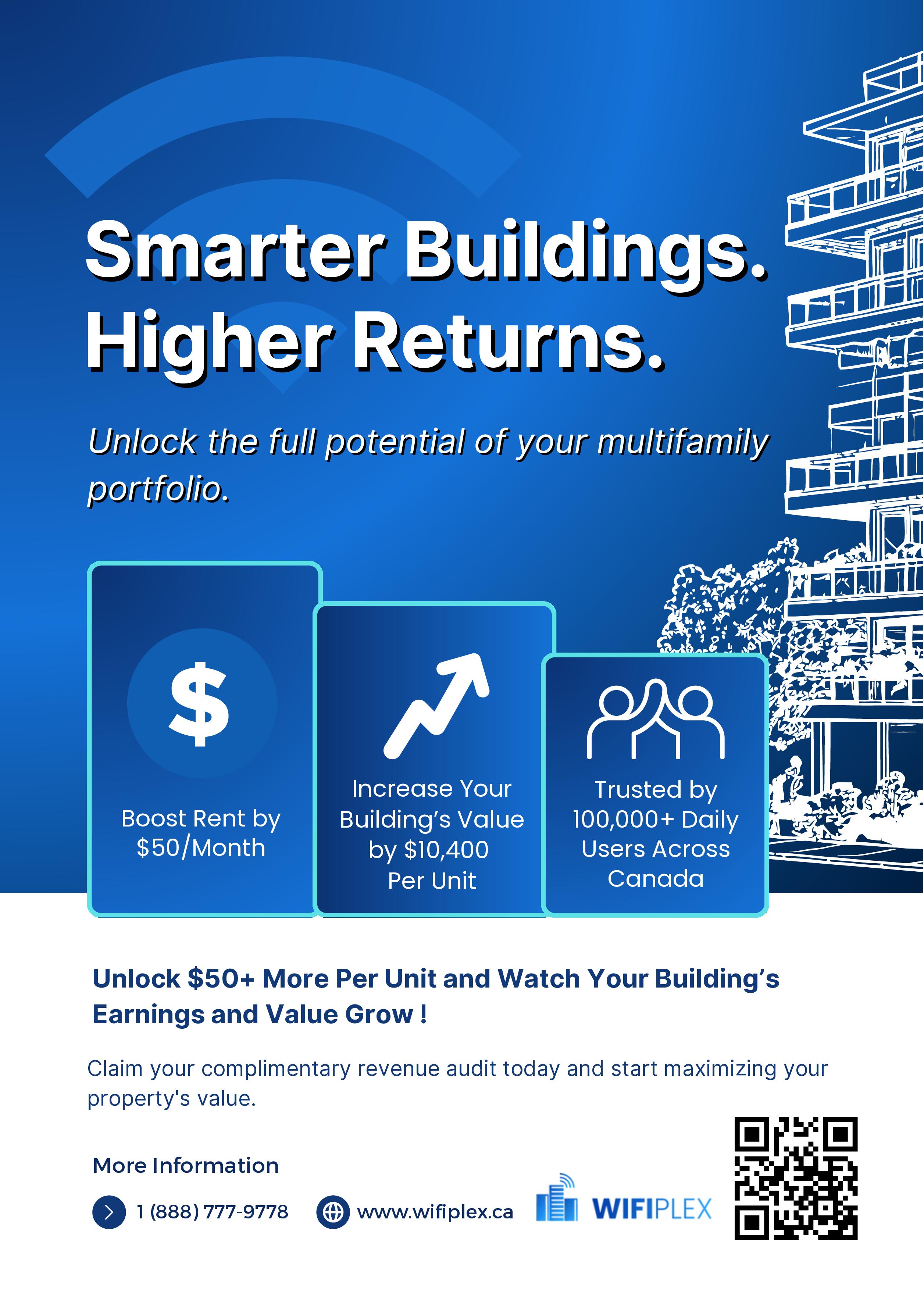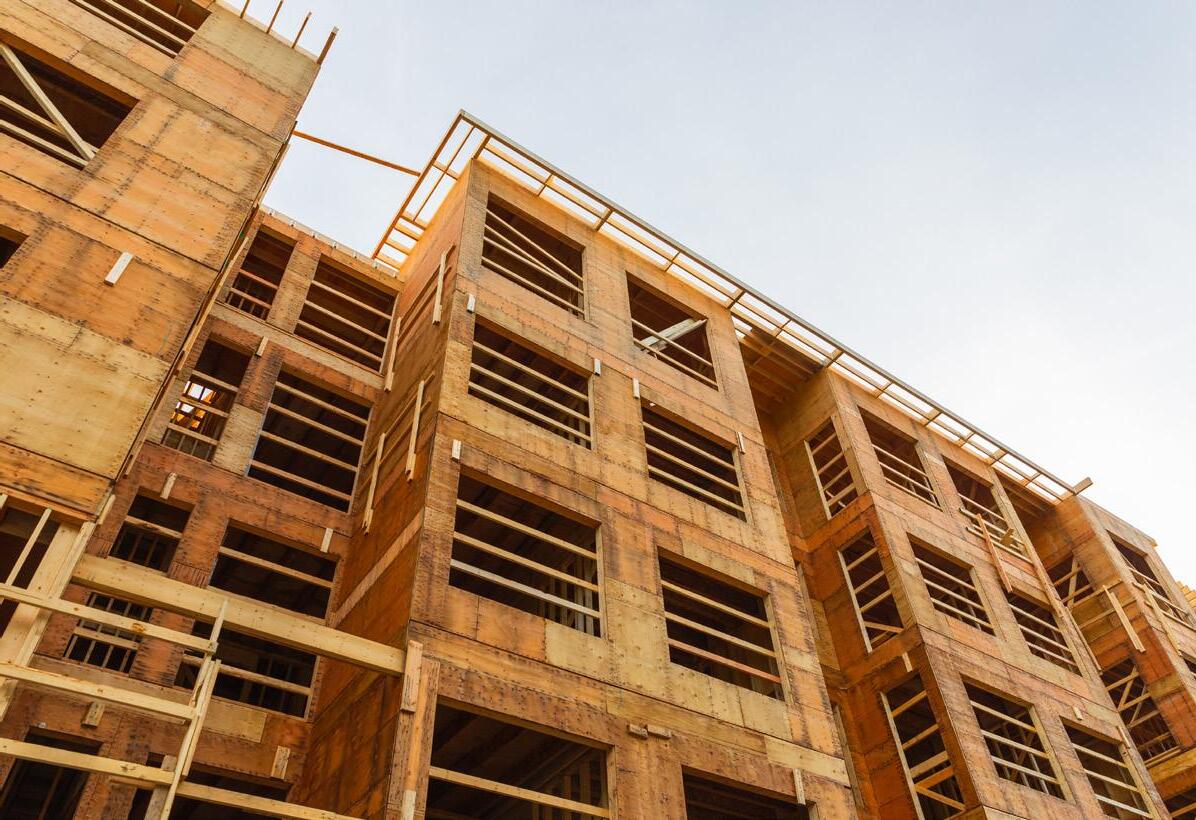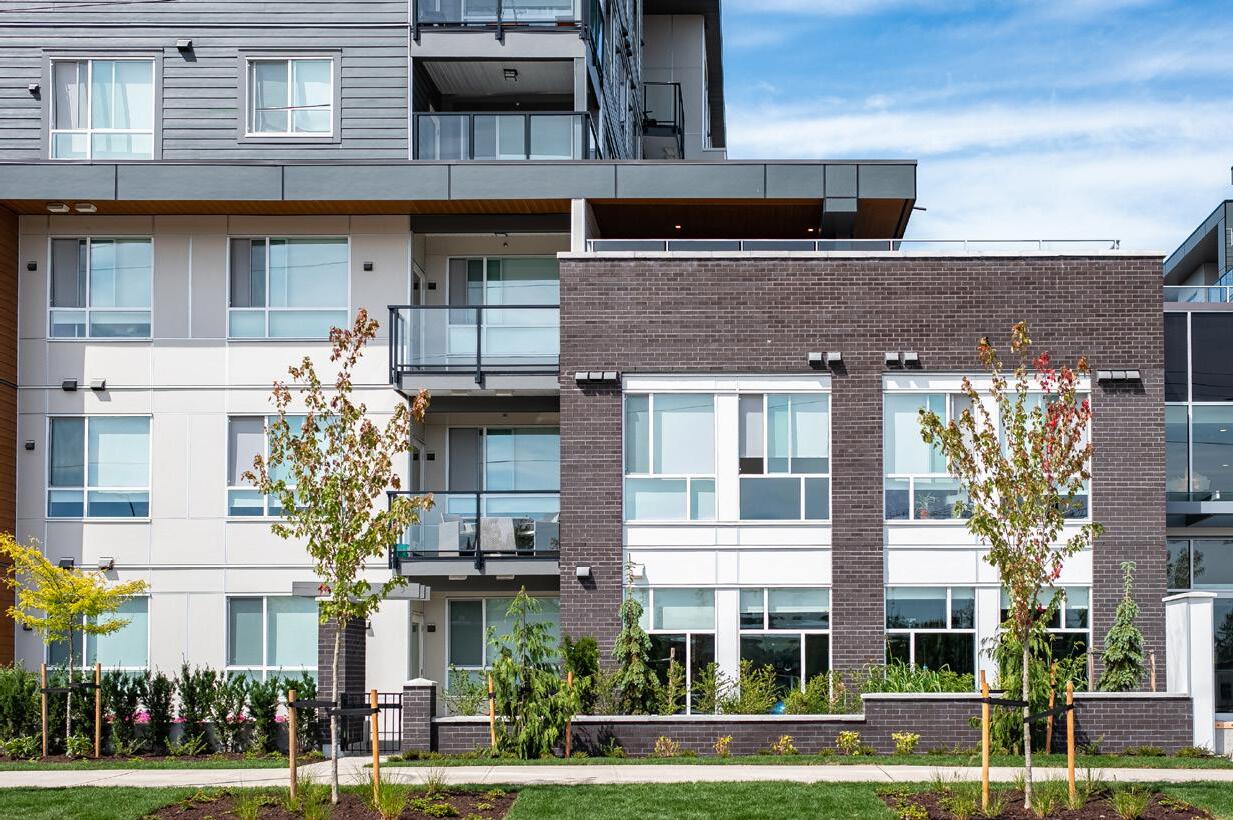The challenges of converting condominium developments to purposebuilt rentals
By David Gargaro
Two key trends are affecting the Canadian housing market: a lack of affordable housing (especially purpose-built rentals (PBRs)) and declining demand in purchasing condominiums. Some property developers are trying to solve both problems by converting their condo developments into PBRs. It seems like an obvious solution, as it involves changing one type of multifamily building into another. However, as experienced apartment building developers already know, there’s a lot that goes into getting these types of projects approved and built. There are also many essential differences between the two property types and making the conversion is easier said than done.
What’s happening in the condo market?
For decades, the Greater Toronto and Hamilton area was the centre of Canada’s condo development boom. However, the numbers have shifted considerably in recent years. According to the Toronto Regional Real Estate Board (TRREB), Q1 2025 condominium apartment sales are down 21.7 per cent year-over-year (3,794 vs. 4,843), while listings are up 25.2 per cent over the same time (14,544 vs. 11,614).
Condo developers have taken notice of what is happening in the market. According to Urbanation, from 2022 to 2024, 33 new condo projects that were actively selling have either been converted to rental property developments, postponed, cancelled or placed in receivership. That equals almost 6,800 new condo units that would have come into the market. In the third quarter of 2024, more than 1,100 units that were launched into presale were converted into PBRs.
Fewer new condo projects are beginning construction than in previous years. Urbanation data found that, in the third quarter of 2024, there were 2,163 recorded starts, which is down 13 per cent year-over-year. This is also the slowest third quarter for condo starts in more than 10 years.
Shifting market conditions have significantly affected the appraised value of preconstruction condos, which is making them less attractive to investors. Some projects have seen their appraised values fall by 10 to 30 per cent below their original purchase price. Since financing depends on the property’s appraised value, the buyer must make up the shortfall. Some buyers are walking away from contracts, forfeiting their deposits rather than take on a mortgage for more than the condo unit’s appraised value.
Fewer investors and homebuyers are willing to purchase preconstruction condo units, and more buildings are entering the pool. There’s too much supply and not enough demand to justify the cost of building new condos. As a result, some condo developers are looking to convert their projects to PBRs.
The economics of building condos vs. PBRs
Apartment construction is on the rise. According to CMHC data, nearly half of the multifamily property developments started in 2024 were PBRs, which is the highest share to date. Many developers and investors are making the switch from condos to PBRs. However, there are many economic and financing differences between condo developments and PBRs.
Condo developers often rely on pre-sales of units to secure construction financing and to repay loans before the project is complete. Pre-selling 65 to 75 per cent of units makes it easier to secure construction financing. There also tends to be a higher internal rate of return within a relatively short time frame (i.e., less than six years), which makes condo developments more attractive to investors.
PBR developers usually retain ownership of the building and generate long-term returns through rental income. Since there are no upfront sales, there is a longer investment horizon, which means a longer wait for profitability. Developers need to provide more equity to secure loans, and must also deal with mortgage insurance, loan insurance, pro forma rental assumptions, and other costs. However, developers also have the potential to access government-supported, low interest loans (i.e., via CMHC) and tax relief.
While condo developments tend to be lower risk investments, current market conditions are making them less desirable. The lack of buyer interest has delayed or cancelled numerous condo developments. As a result, some condo developers are converting their projects into PBRs to recoup their investments.
Condo developers have another option: they can sell their projects to apartment developers. It’s becoming a growing trend in the multifamily
property development industry. Brokers are reaching out to condo developers who cannot get financing due to insufficient unit pre-sales to sell their projects (either before they dig or during development) to owners and developers of apartment buildings.
Construction expenses also make it financially challenging to convert a condo development to a PBR. Rents must be set according to what the market will bear to attract tenants. However, high material and labour costs, as well as rising municipal fees, reduce the profitability of building apartments. Depending on the location, it might not be economically feasible to build PBRs. However, there are strategies that can make PBR projects more financially viable, such as replacing underground parking garages with surface parking and using prefabricated components in the construction. Government incentives and tax rebates can also help to improve the ROI on these types of projects.
Differences in design and development
At the design stage, both building types are similar. Condos and PBRs consist of multiple residential units that require bedrooms, bathrooms, kitchens, and living spaces. They also both require HVAC, plumbing, and electrical systems that support residential living, which is quite different from the requirements for office buildings.
However, there are differences to consider when making the switch. Condos might have higher-end interiors, finishes, and amenities, and tend to have little to no parking, which would be a problem for PBRs. Other issues include:
• Re-evaluating fire and life safety systems based on long-term tenancy standards (e.g., annual suite inspections, smoke alarm access)
• Enhancing acoustic separations (STC ratings) between units for tenant comfort
• Accommodating centralized utility metering and maintenance access rather than individual condo meters
• Reconfiguring amenities and storage to suit rental demographics (e.g., more bike storage, fewer premium amenities)
• Emphasizing long-term maintenance accessibility and simplified service infrastructure
“Condos fall under the Tarion process and Home Warranty Act, which has certain requirements when it comes to building envelope and fire safety inspections and testing, as well as conflict of interest between the engineer of record and other engineers,” said Greg Devine, Vice President Business Development, Egis Canada. “When it’s a rental, there aren’t any guidelines, other than the Building Code, so the process is different. A comprehensive third-party building quality assurance program is highly recommended for rental projects. It offers early insight into design risks and opportunities for improvement, supports appropriate material selection and compatibility, evaluates construction methods, and includes insitu reviews and performance testing.”
Making the switch: Before and after construction
The process of switching from condo to PBR construction is more straightforward when there are no shovels in the ground. Before construction of the condo begins, engineers can revise layouts, mechanical, electrical, and plumbing (MEP) systems, finishes, and building envelope details to suit long-term ownership and maintenance (e.g., centralized HVAC, bulk metering, material durability). Value engineering can be done early to reduce lifecycle costs and tailor systems for rental operations. Revised drawings can be submitted for building permits with minimal disruption. “It’s easier to coordinate construction changes before construction begins,” said Hesam Hedayati, Building Quality Assurance and Facility Assessment & Restoration Manager, Egis Canada. “Making these types of decisions allows integration of rental-specific considerations early in structural and architectural coordination.”
However, after condo construction has already started, there is less flexibility, as structural and major systems are often locked in, limiting the ability to optimize for rental use. Mechanical and electrical systems may need partial redesign. There are significant cost implications, as changes can lead to delays, change orders, and inefficiencies in construction sequencing.
Developers may also require revised permit submissions or clarification with authorities depending on scope.
Some of the more complex retrofits and redesigns required include:
• Metering: Shifting from individual unit meters to bulk metering requires redesigning electrical panels, plumbing risers, and utility company coordination.
• HVAC systems: If condo design includes suitebased systems, converting to centralized HVAC for rentals (for ease of maintenance) may require major rework of ducting, mechanical rooms, and shafts.
• A ccess panels: Rentals prioritize maintenance accessibility; adjustments may be needed to relocate or add access to MEP systems.
• Soundproofing and separations: Rentals often demand higher acoustic performance due to tenant turnover and long-term wear. Retrofits to upgrade sound insulation (e.g., additional resilient channels, underlayments) may be complex once drywall or flooring is installed.
• Durability upgrades: Condo finishes are often more aesthetic; rental use may require swapping to more durable materials (e.g., in lobbies, corridors, unit interiors). Retrofitting flooring, cabinetry or hardware after installation adds labour and cost.
“Making the switch during or after construction leads to progressively higher costs, delays, and extensive retrofits due to necessary redesigns and material waste,” said Hedayati. “Redesigning for rental demographics, such as smaller units or more storage, may not be feasible once framing and MEP rough-ins are complete. Any redesign may require updated permit submissions, revised energy models, and city approvals, all of which can delay progress and add soft costs.”
Conclusion
Converting condominiums to PBRs might seem like the obvious solution for dealing with a shifting housing market. However, the process is not that simple, as many experienced apartment developers already know. Different factors add new challenges and costs to the process. Careful planning, early integration of rental-focused design, and proactive engagement with key parties will help to make the conversion from condos to PBRs more successful.





